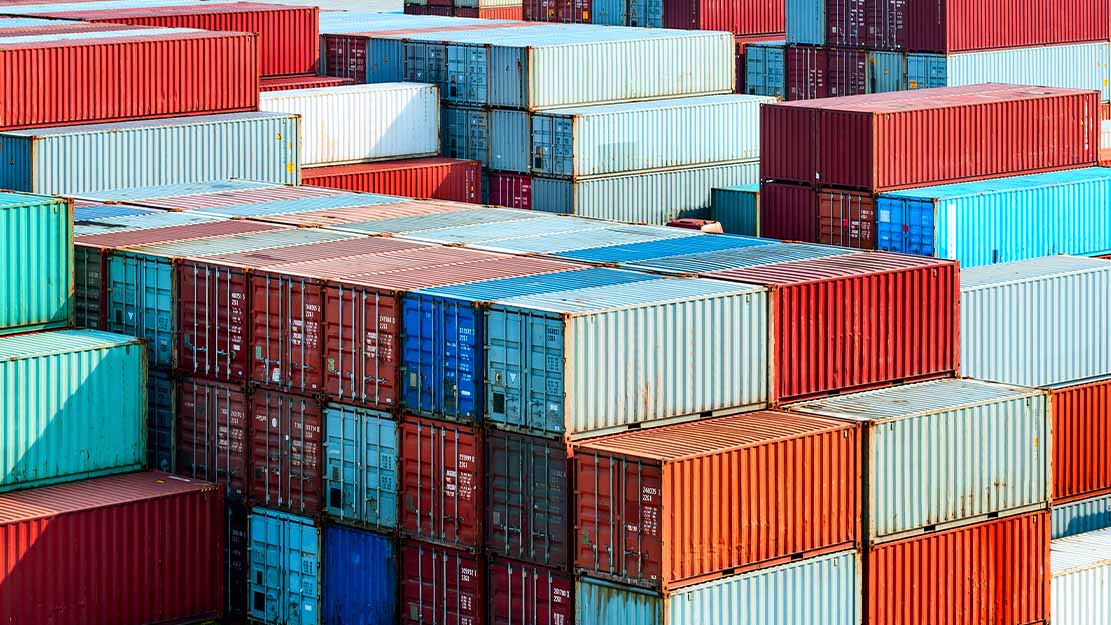Interruptions in the supply chain have made scarcity a day-to-day business reality in 2021, impacting the availability of manufacturing components, finished products on store shelves, and the cost of everything from cars to books to new homes.

When manufacturing and transportation issues – and the accompanying spike in shipping prices – began in the spring, some saw it as a temporary situation caused by pent up consumer demand for products meeting declining inventories, a re-emerging workforce, and ongoing travel restrictions.
Early on, shortages hit industries such as auto manufacturing that rely on complex networks of suppliers. However, supply chain bottlenecks have persisted and are affecting prices and availability of products across many industries. As of August 2021, the Producer Price Index was up 8.3% on a year-on-year basis. Transportation and warehousing prices rose 2.8% in August.
With the rise of the Delta variant, factories continue to struggle to secure raw materials, finished components and labor; transportation logistics continue to be complicated; and delays mount.
What are the factors worth thinking about now – and how might they affect your clients’ portfolios? Here are a few things to keep in mind.
1. The cost of transporting everything has skyrocketed
From the start of 2020 to August of this year, the cost of shipping a container from China spiked to as much as $26,000.1 That translates into a significant rise in expenses for clothing, appliances, machinery, and other products that frequently fill those containers. Other forms of transportation, such as air cargo, railroads, trucking have their own complications, including labor shortages.
2. Effects are being felt far beyond auto manufacturing and home building
While much as been reported about CPU shortages in the auto industry and lumber shortages for home builders, other sectors are also feeling the fallout. For example, in 2021 print book sales are up 18.5% for the year, yet publishers are facing a shortage of paper2. The same is true for food and beverage manufacturers and others who rely on paper goods.
3. 2021 holiday shopping will likely be affected
While the advice from booksellers – and other retailers – is to get a jump on holiday gift purchases, the holiday shopping season will still likely be impacted, with bare shelves and higher prices. Some consumer products manufacturers have looked to alternative manufacturing and transportation sources, and others have acknowledged that they will be unable to meet typical consumer demand. However, a variety of retail analysts foresee holiday sales increasing about 7 to 9% versus 2020.
4. The factors contributing to shortages are complex
The COVID-19 pandemic highlighted that the supply chain has always been a complicated issue and is influenced by many factors including interconnected global markets, just-in-time inventory, labor issues, and transportation. As pandemic conditions change, these factors will likely continue to be important.
5. Businesses are feeling the impact in sales and profits
We believe shortages of raw materials and escalating transportation costs will be part of the calculus for companies of many kinds in 2021. Revenues and profits are likely to be affected.
As you look to areas impacted by supply chain uncertainties, FundVisualizer can help you identify your clients’ portfolios’ exposure by sector and asset allocation, as well as their top holdings. Click here to go to FundVisualizer, and for tips on how to best use FundVisualizer, check out our resources library.
1 Peter S. Goodman and Keith Bradsher, “The World is Still Short of Everything. Get Used to It ,” The New York Times, August 30, 2021.
2 Jim Milliot, “Print Book Sales Soar in Year’s First Half,” Publishers Weekly, July 9, 2021.
